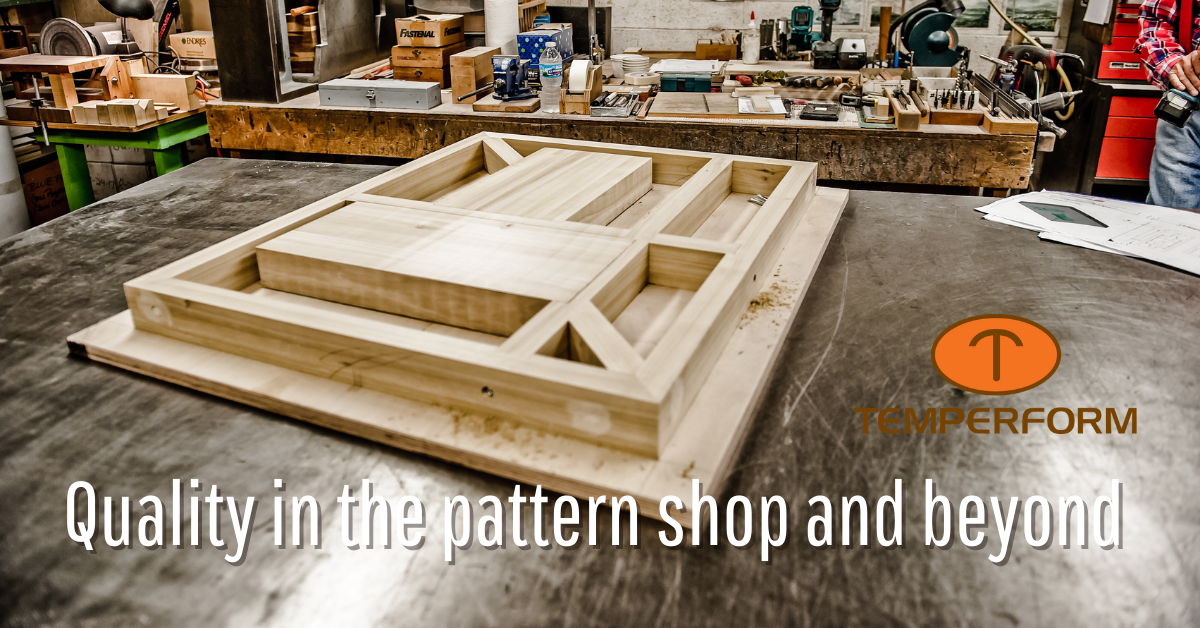 Temperform takes pride in the true craftsmanship of our Pattern Shop. Quality tooling is the essential starting point to obtaining quality castings. The patterns produced by Temperform follow strict manufacturing guidelines to ensure the highest quality castings will result from their use.
Temperform takes pride in the true craftsmanship of our Pattern Shop. Quality tooling is the essential starting point to obtaining quality castings. The patterns produced by Temperform follow strict manufacturing guidelines to ensure the highest quality castings will result from their use.
Can we use existing tooling?
Often, customers request that we use their existing patterns. These patterns may have been manufactured by other shops and may have seen quite a bit of use. Temperform requires an inspection to be performed by our pattern shop to ensure the quality of the resulting casting and aid the customer in pattern life planning and replacement.
When tooling is being transferred to us from another foundry, we ask for pictures first. This allows our Pattern Shop to identify any obvious problems or concerns before receiving the tool. For example, green sand tooling is incompatible with our no-bake system. In addition, photographs and descriptions help us determine if we can accept the tool or if we need to decline the tool.
Tooling inspection
Once received, the tooling is inspected. First, we must confirm that the tool is made from a compatible material. Examples of acceptable materials are pine, mahogany, red board, and other urethanes.
Then we perform a tooling layout to check the dimensions of casting drawings. Features are identified, and needed drafts are reviewed. We look for missing parts and any cracks or pieces that need to be repaired. If an alteration is required to fit our process, it is identified as part of this inspection.
Finally, we prepare a quote for the cost of tooling repair and for new tooling to replace the transfer tool. This will help the customer determine if there is value in repairing the exiting tool.
Can my tooling be used?
If you have tooling that is to be transferred either from your storage or from another foundry, the following useful tips may help you in determining if that tooling is reusable:
- How was the tooling stored? If it was exposed to elements or even unattended for a significant time, the tooling may be suspect.
- Are there visible signs of damage, cracking, or weathering?
- Are all of the pieces of the pattern and core boxes present? Identifying and building replacement parts can often add to the problems of reuse.
Contact us today for more information.